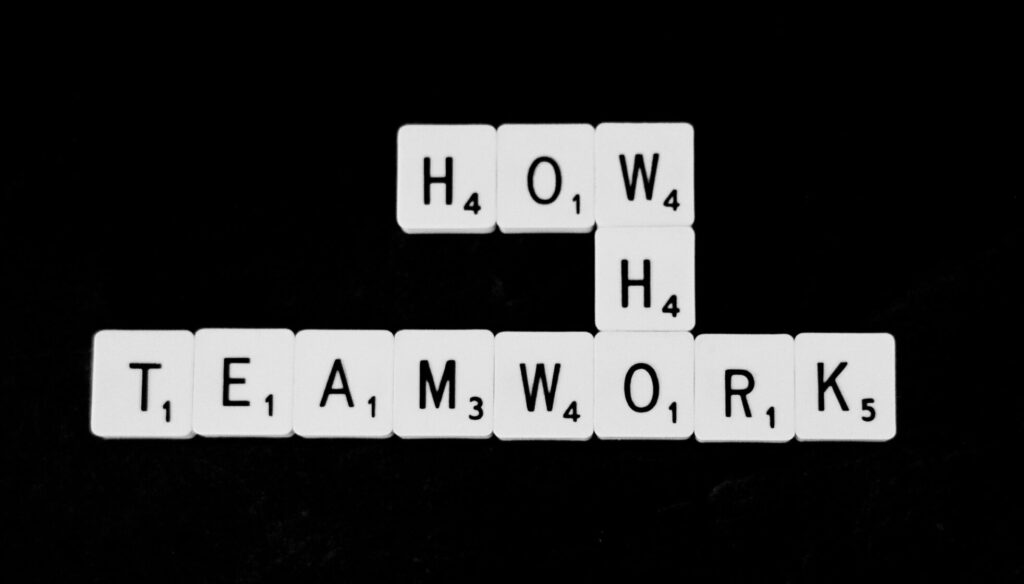By Leigh-Ann Athanasius

How do you determine that someone is a good hire or even a satisfactory hire? As much as we would love to have the perfect formula when hiring, it is next to impossible to guarantee that an employee will be a great hire in perpetuity. Unlike other resources that factor into a company’s operations, people are complex and need to be treated as such.
Let’s take the simple example of when you buy pens for the office – you know what your return is going to be. Everyday you pick it up and it will consistently work as it should until it runs out of ink; you throw it away and find a replacement to do the job in the exact same way. Some people and companies expect employees to function like this; but we all should know this is unrealistic.
So can you quantify a ‘good hire’?
Maybe it’s based on whether they are performing all their tasks the way they should? Is it when they go above and beyond the tasks that they are required to do? Is it based on how they directly influence the bottom line? The answer would vary from one company to the next.
However, there tends to be the perception that one should be able to accurately track cost per hire and how it translates to the revenue generated, similar to what you would expect from an ad campaign. But that is difficult to do if there isn’t a direct one-to-one relation between an employee’s input and the eventual output. This is especially true when dealing with the provision of services.

It becomes even trickier when dealing with teams because there are combined efforts that produce the desired results. So can you accurately attribute success to a particular individual and quantify that their work alone contributed to the achievement of a task? This means that determining a ‘good hire’ is a lot more nuanced than just their output. In fact, you may only notice their performance if it starts to drop.
If somebody seems to be slipping, it is on their supervisors and HR to evaluate what could be the cause and determine the next steps. People have off days; the environment may cause them to perform differently to how they presented in the interview; life circumstances could have changed that are hindering performance for a certain period of time; these are examples of possibilities that should be factored in when dealing with employees.
The best practice…
When recruiting, consider the experience that this person is going to have while at the company. How can that be optimised so that they can perform at their best? How do people dynamics within your organisation play into the performance of a team/function? People can improve, and circumstances can change that allow an employee to get back to the point of being considered a ‘good hire’ by whatever metric your company chooses to follow.
Possibly avoid rushing to replace someone before fully understanding the situation that may have led to the decline in performance. As much as employees are expected to further the goals of the organisation, they are more than just a resource to pump out the desired output. Give people grace (definitely within reason), and try to understand your employees and that could potentially transform a satisfactory employee into a great hire.
Far beyond administration, your HR department can be the key in ‘mapping out’ and removing potential roadblocks that are taking place within your organisation. As a recruitment partner and an HR partner in general, PPA have endeavoured to understand what happens beyond the job description. This allows us to figure out micro factors that are hard to capture within the job description but are vital to the success of a potential candidate.
But most importantly, as a best practice, companies should consider their employees’ experience while working and figure out how to eliminate some of the potential pitfalls that can come about from the basic input-output formula. Remember, people are not pens, so we need to stop recruiting and generally treating them like they are.



